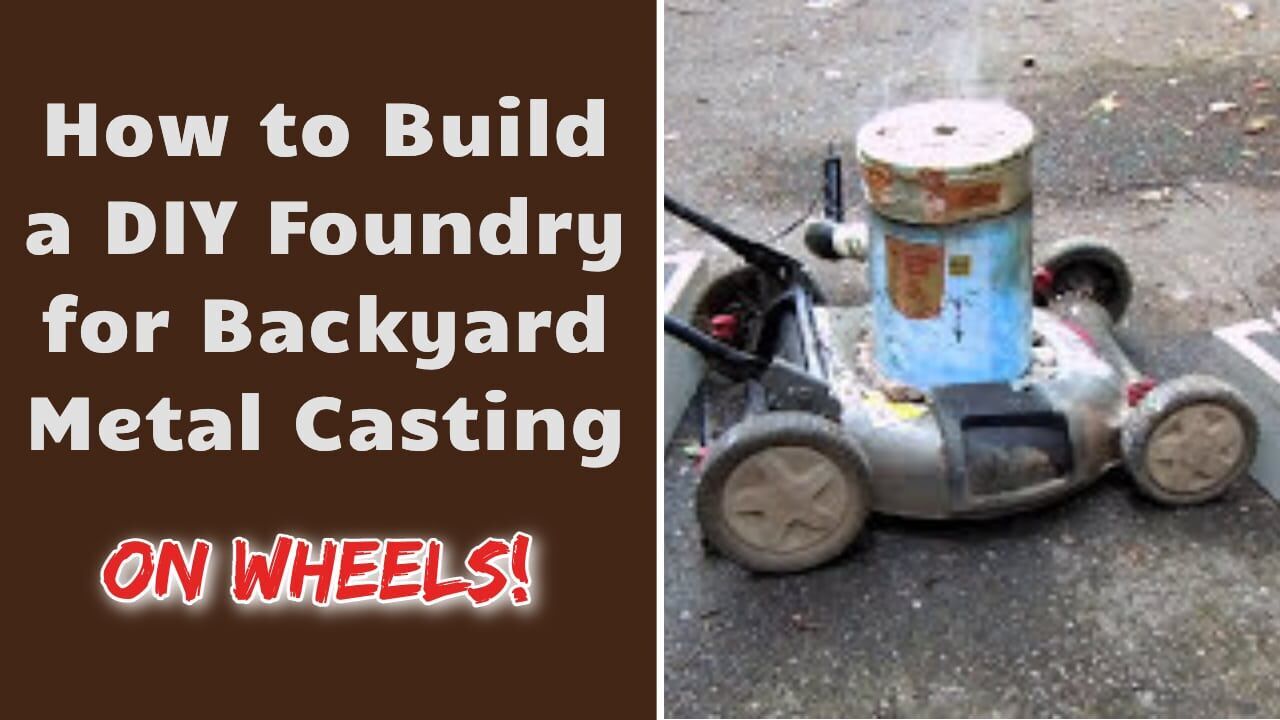This post might not be best called how to cut circles on a table saw, but rather, how not to. This is a dangerous method and I don’t recommend it, but sometimes you may need this method and if you choose to use it be well aware of how dangerous it is. I am by […]
Category: How To (How I Did)
You could call this a How To – but people often tell me I did it wrong – now to be fair you can’t really tell me I can’t do it that way, when the video shows I actually DID do it that way – so to cool down the hateraide – lets just call this HOW I DID
How to Make Green Sand for Casting Aluminum
I needed learn how to make Green Sand for metal casting. If you watched the furnace video you saw me making refractory, and making green sand is about the same process. Simply put, it is a mixture of sand, bentonite clay, and a bit of water. Using this kind of sand is called […]
How to Build a Solar Dehydrator
I like dehydrating food, sometimes because it makes food storage easier, and sometimes (like in the cases of apples or meat) I like eating dehydrated food. The devils of food storage are: Heat Light Oxygen Moisture. Dehydrating helps increase shelf life because many organisms (like Botulism) cannot thrive in dry spaces. If you vacuum […]
DIY Solar Cooker
From doing research into solar applications I have come to the personal conclusion that solar energy is misapplied in many instances. Our sun is an awesome source of energy, but all too often we use it to create electricity we store to make heat or light later. While this has some really useful applications, […]





